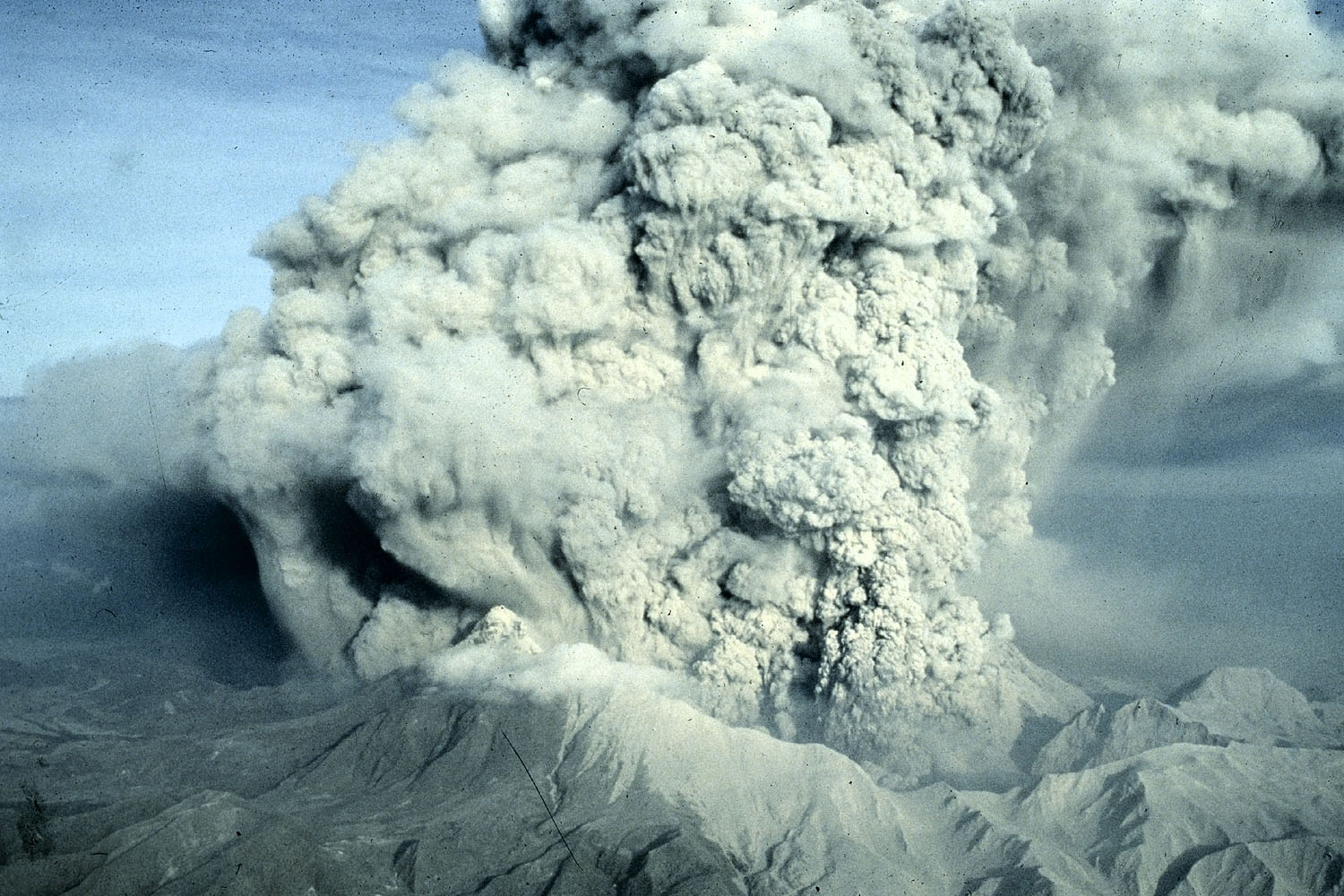Aerosols
The air is full of tiny, floating dust particles and droplets - known as “aerosols”. Many aerosols are produced by nature. These include sand from desert dust storms, salt particles from the ocean, ice crystals, ash from fires and volcanic eruptions.
Human activities are also increasing the amount of aerosols in the atmosphere. Black soot and sulfur dioxide aerosols rise from “dirty” power stations and factory chimneys. Other aerosols are emitted by car exhausts and aircraft engines.
Aerosols are so small that they can spread right around the world. They can cause asthma, and result in acid rain that kills fish and trees. They also play a part in climate change because they absorb and scatter sunlight. Data sent back by satellites are helping scientists to study the spread of aerosols and the impact they have on the planet.
Four instruments on board ESA’s Envisat are used to map the concentrations of dust particles and cloud droplets, from ground level to a height of 100 km. They can detect the plumes of aerosols and pollutants that blanket major industrial cities or burning forests. And they can pick out exhaust trails left in the upper atmosphere by airliners.
Last modified 22 September 2010





